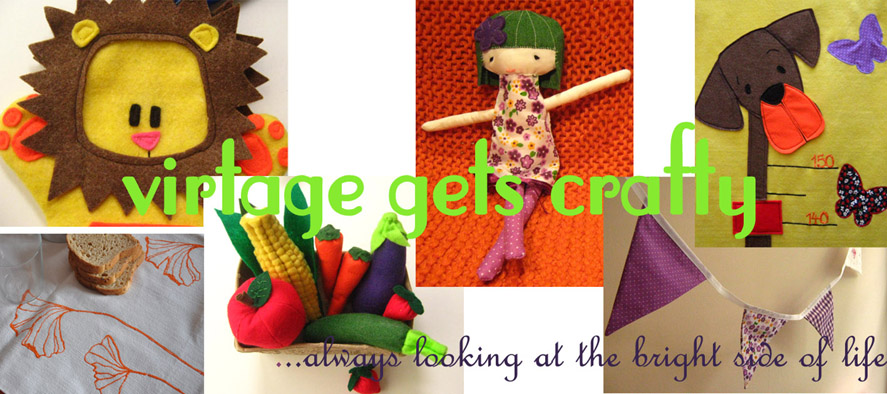And thanks to the hundreds (or thousands!) of people that have visited the blog so far (last count, 8,600 and something visits...thank you!), I do hope 2013 will bring to you all (and my loved ones, of course)
"PANE, AMORE E FANTASIA"!!!
(i.e. bread, love and creativity)
Now, down to our favourite business...I shall close this year with a post that I hope will inspire you to use your hands a little more and create simple (but lovely), environmentally friendly things for yourselves and your loved ones.
This one is a cute Happy Sun soft toy I made for my new little niece, Ingrid.
Young babies really love staring at faces, so I thought I'd make a happy face for her. My own daughter, when she was a baby, loved also pulling and chewing tags, so I decided to give life to a "Happy Sun" soft toy, using several scraps of fabric to make the tags and, for the face, a soft cotton muslin that had been my daughter's (washed and washed time and time again, so really soft and environmentally friendly).
I added the blue cheeks cutting them out of a piece of microfibre cloth (but you could use any material, I like the microfibre because it's soft and has texture). I stuffed this soft toy with the usual cushion stuffing. However, for my next toys, I'll use pure wool. I have a lovely colleague at work who buys sheep wool and spins it, before knitting her knitwear. She very kindly agreed to give me some of her leftover bits of wool, so on Christmas Eve I decided to clean my first batch of smelly wool in my kitchen. Not much difference with a barn, but in the end I had a bag full of lovely, natural stuffing made out of Jacob wool.
The construction of the Happy Sun soft toy is super-simple.
You'll need scraps of fabric, ribbon, toy stuffing of your choice, and a little bell (optional).
I started with cutting my bits of fabric:
- Two circles out of the muslin cloth (I used a small side dish plate as a guide);
- A number of rectangular pieces from the scraps of cotton to make the tags, which I then folded in half. I also used a few pieces of ribbon. The tags will all need to be positioned snugly around the circles, so make sure you take into account their seam allowance when counting how many you'll need. You can always add more as you go if you need, though;
- Two small circles for the Happy Sun cheeks.
Next step, I embroidered my happy face by machine (but you could do this by hand if you wanted to) and stitched the cheeks on the right side of one of the two muslin cloth circles. See picture at the beginning of the post for an idea of how to do that (sorry, I forgot to take a picture of this step!).
Then, I sewed a small seam all around three sides of each tag (not the ribbons), and turned the tags inside out to reveal their right sides.
I took my tags, I arranged them and pinned them all around the right side of the soft toy embroidered circle as shown below, so that they would fit snugly, with their open sides one next to the other, and the rest of the tags overlapping as needed.
Then, I sewed all around the edge of the happy face circle to secure the tags to it.
I then put the other muslin circle on top of the first one, right sides facing each other, and sewed a seam all around, leaving a couple of inches gap to allow the toy to be turned inside out and stuffed.
Lastly, after I stuffed the soft toy firmly (and inserted a little bell inside to make a soft jingly sound), I sewed the gap by hand.
Ta-dah! Soft toy finished and ready to be gifted to a lucky baby!
Happy 2013 everyone!!!




















